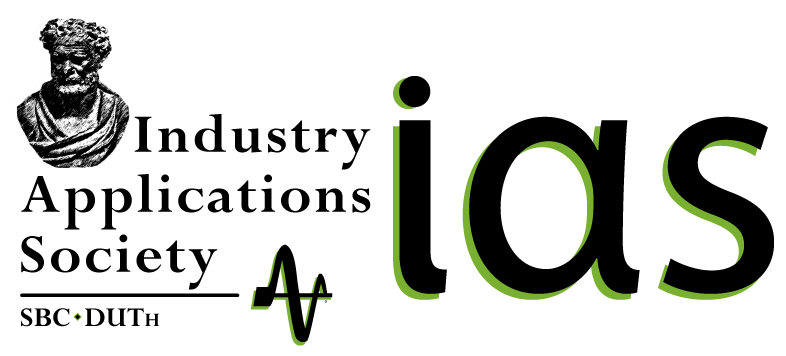
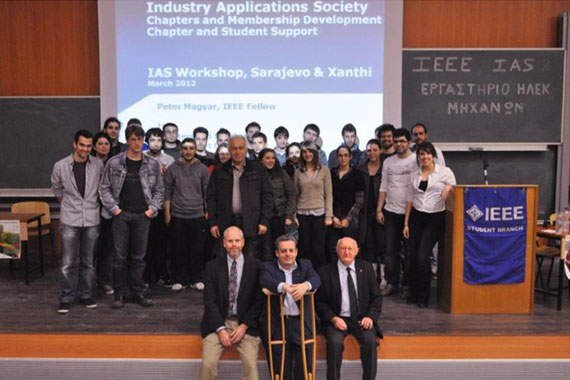
On July 9, 2012, after a motivational speech given by Dr. Peter Magyar, an IEEE fellow and IAS Chapters and Membership Development Department Chair and Dr. Mark Halpin, an IAS Past President and an Alabama distinguished Professor, we founded our IAS Student Branch Chapter in cooperation with our chapter’s advisor Prof. Athanasios Karlis, an assistant professor of the Electrical Machines Laboratory, Division of Energy Systems, Department of Electrical and Computer Engineering, Faculty of Engineering, Democritus University of Thrace.
Our vision is to provide knowledge to our members with the cooperation of distinguished professors, to give them the opportunity to become acquainted and work with experts in the field of industry, to inform them about the latest technological and industrial applications and help them to create a connection with industry professionals.
From the day our Student Branch Chapter was founded, we are trying to be as active as possible. You can follow our activities here. In addition to our activities, in November 2012 we applied a proposal for hosting the IAS Executive Board meeting in Region 8...10 in conjunction with a technical conference about Electric Mobility and the Supporting Infrastructures.
Moreover, the Chapter's presence has been active abroad, as well, as a significant number of Students has been selected to attend international IEEE and IAS conferences, achieving personal distinctions and Chapter awards. We have been acknowledged amongst the most significant 2014 European recruiters (R8 - 4th recruiter - Christina Panagiota Malliou) and we keep adding members to our dynamics.
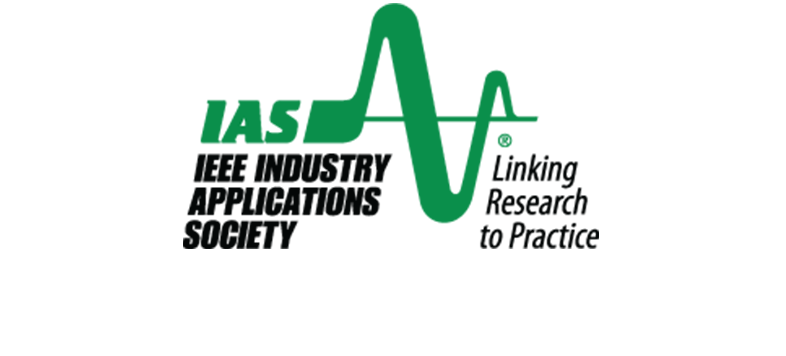
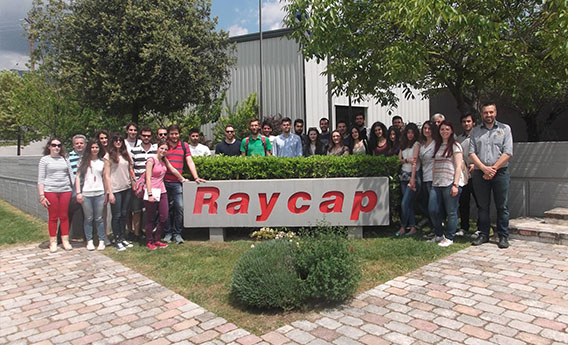

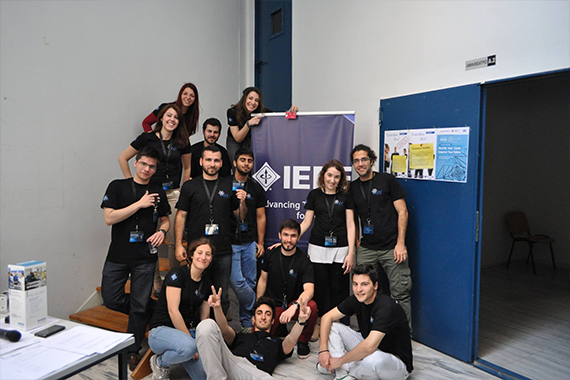
"Individual commitment to a group effort - that is what makes a team work, a company work, a society work, a civilization work." - Vince Lombardi
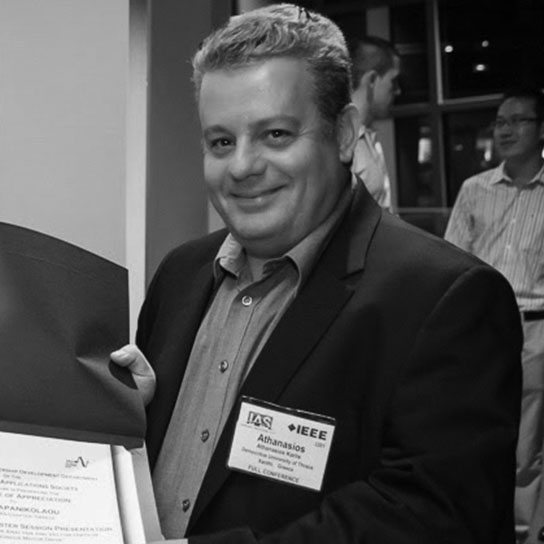
- Chapter Advisor

- Chair
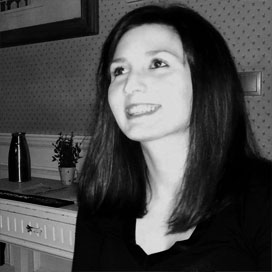
- Vice

- Webmaster
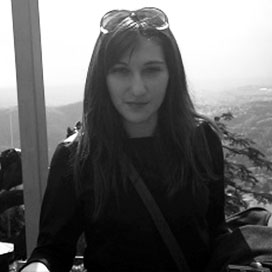
- General Secretary
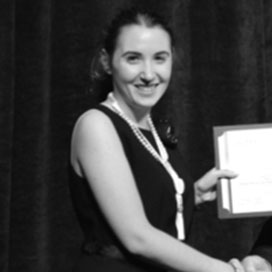
- Financial Manager / Past Chair
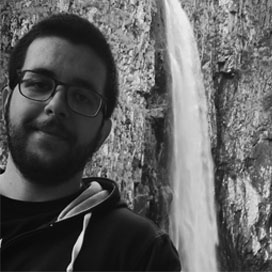
- Public relations Manager
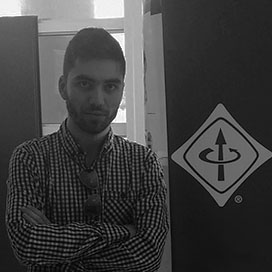
- Young members officers

-Past Webmaster / Past Chair
All Rights Reserved 2015-2016 © DUTh SB IAS Chapter | Layout based on UIBrush.com